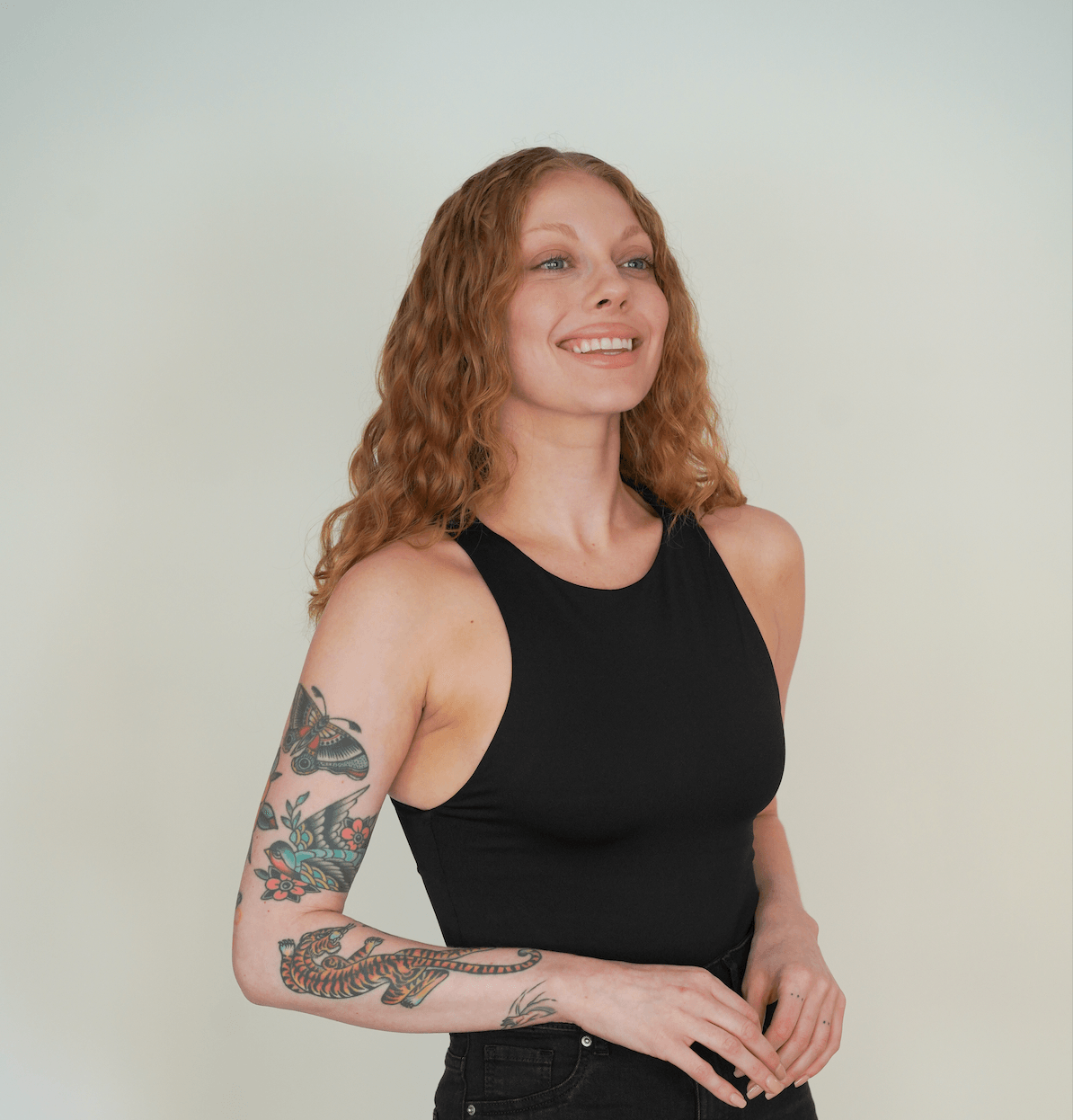We caught up with the brilliant and insightful Madison Dunaetz a few weeks ago and have shared our conversation below.
Alright, Madison thanks for taking the time to share your stories and insights with us today. Let’s jump right into how you came up with the idea?
Trauma plays a huge role in my life. I have been formally diagnosed with Complex PTSD (CTPSD) and panic disorder after experiencing years of abuse in my adolescence. PTSD typically results from a single traumatic event, while CPTSD develops from prolonged exposure to abuse or repeated traumatic events. Both CPTSD and PTSD share common symptoms related to psychological and behavioral stress responses, such as flashbacks, hypervigilance, and attempts to avoid triggers of the traumatic event(s). However, individuals with CPTSD often experience additional challenges, including long-term and pervasive difficulties with emotion regulation.
I have a deep passion for people with trauma and I wanted that to reflect in my work. I am a UX designer (user experience designer), which means I design apps and websites. I specialize in digital Accessibility. Digital accessibility means making digital sites, apps, and services usable by everyone, including people with disabilities. This ensures that websites, apps, videos, and other resources are accessible to all, regardless of visual, auditory, motor, or cognitive impairments.
Current digital accessibility guidelines focus on assistive technology tools like screen readers for user who are blind. There is a heavy focus on disabilities which traditionally hinder the user from completing tasks digitally. However, I noticed something was missing… trauma-induced disabilities. What about the hidden disabilities, like mine? What about users with chronic depression, panic disorders, or PTSD? I decided I needed to get to work.
I decided to develop “Trauma-Informed UX Design” because trauma is rampant in society whether people want to acknowledge it or not. Based on statistics alone, it was obvious to me that someone needed to address truma in our digital world. According to the CDC, 25% children in the United States will experience trauma in the form of physical, sexual, or emotional abuse. That means 25% of the entire American population is living with trauma so our digital products should reflect that.

Madison, love having you share your insights with us. Before we ask you more questions, maybe you can take a moment to introduce yourself to our readers who might have missed our earlier conversations?
I was born and raised in Los Angeles, California. Before entering the tech world, I worked with children and teenagers with disabilities such as Autism, Downs Syndrome, Traumatic Brain Injury (TBI), Fetal Alcohol Syndrome, and emotional disturbances. At first, the idea of transitioning into tech felt “shallow”, I wanted to help people every day. But then I learned about digital accessibility. I realized I could make an impact on thousands, if not millions of user with disabilities by creating accessible websites and apps.
Can you share a story from your journey that illustrates your resilience?
My extremely religious upbringing led me to (unfortunately) getting married at the age of 21 while I was still in college. I got divorced a year later at the age of 22. I left my ex-husband because of his intense phycological and religious abuse. My friends and family couldn’t even recognize me after a year of marriage with him.
Getting divorced and escaping a religious community is not easy at the age of 22. I had to start completely over emotionally and physically. However, tech gave me my new life. A special person encouraged me to go to a UX Bootcamp to become a UX designer and I did. I got immediately hired after my bootcamp and my life was back on track. I became financially independent and have been able to build a new, beautiful life for myself.
What’s a lesson you had to unlearn and what’s the backstory?
I had to unlearn the idea that “I could never do tech”. I do not describe myself as a “techy” person. I am not tech saavy. So the idea of designing apps and websites seemed ridiculous. But I was wrong. I am an artist in my free time, so my eye for design really shows in my work. UX design doesn’t usually require code or “scary tech things”. My bootcamp taught me everything I needed to know.
Contact Info:
Image Credits
Photo by Jasmine Baeza


